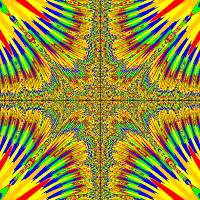Hi! So i just made a Hobbit type game (very simple). I can control "Dragon" and I try to collect "Treasure". "Hobbit" is trying to kill me ("Dragon"). "Dragon" can shoot "Fireball"s at "Hobbit" to kill him. There are no levels, it is just one world. All I want is to get points for every time "Dragon" kills "Hobbit" with "Fireball" and every time "Dragon" collects "Treasure". I just would like there to be a little score box in the corner with all the points and a "+5" or something to show up when I collect "Treasure".
Also, my "Fireball"s never disappear after I shoot them and I want them to disappear after 3 seconds.
Again, I literally just started Greenfoot yesterday so I am clueless :)



